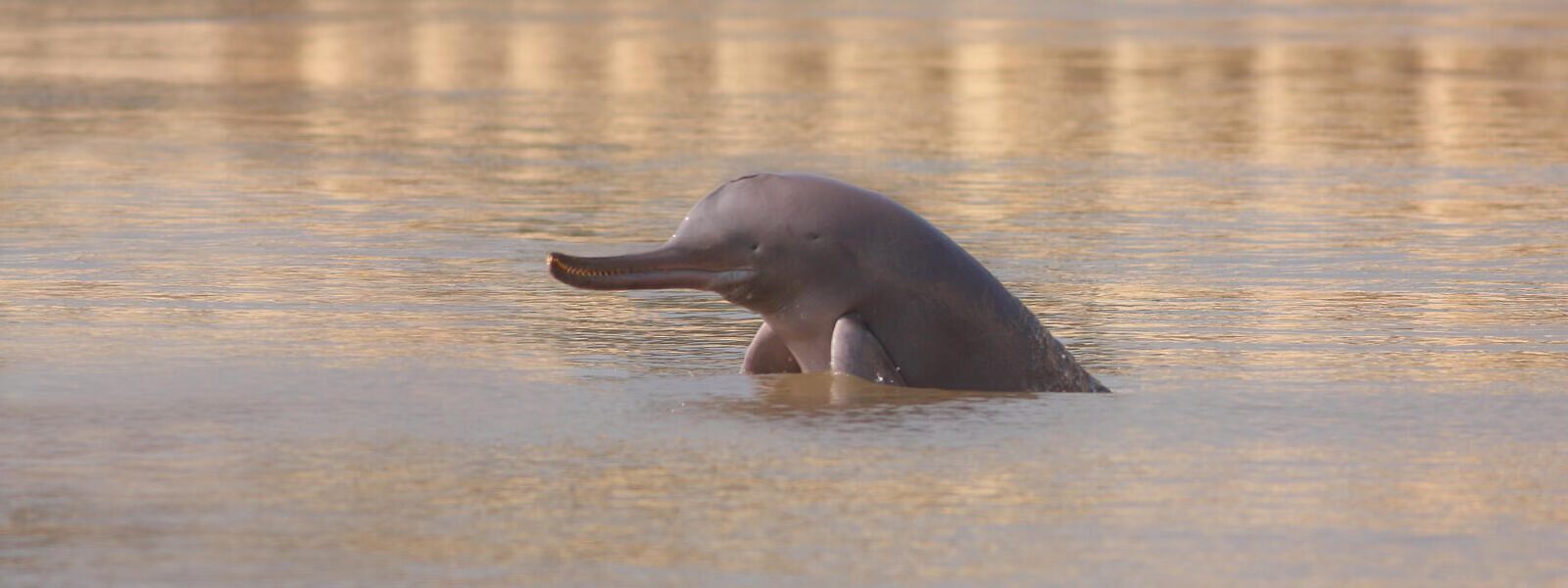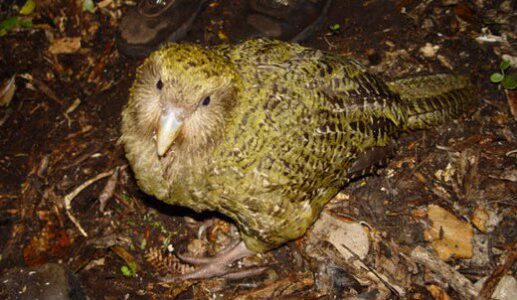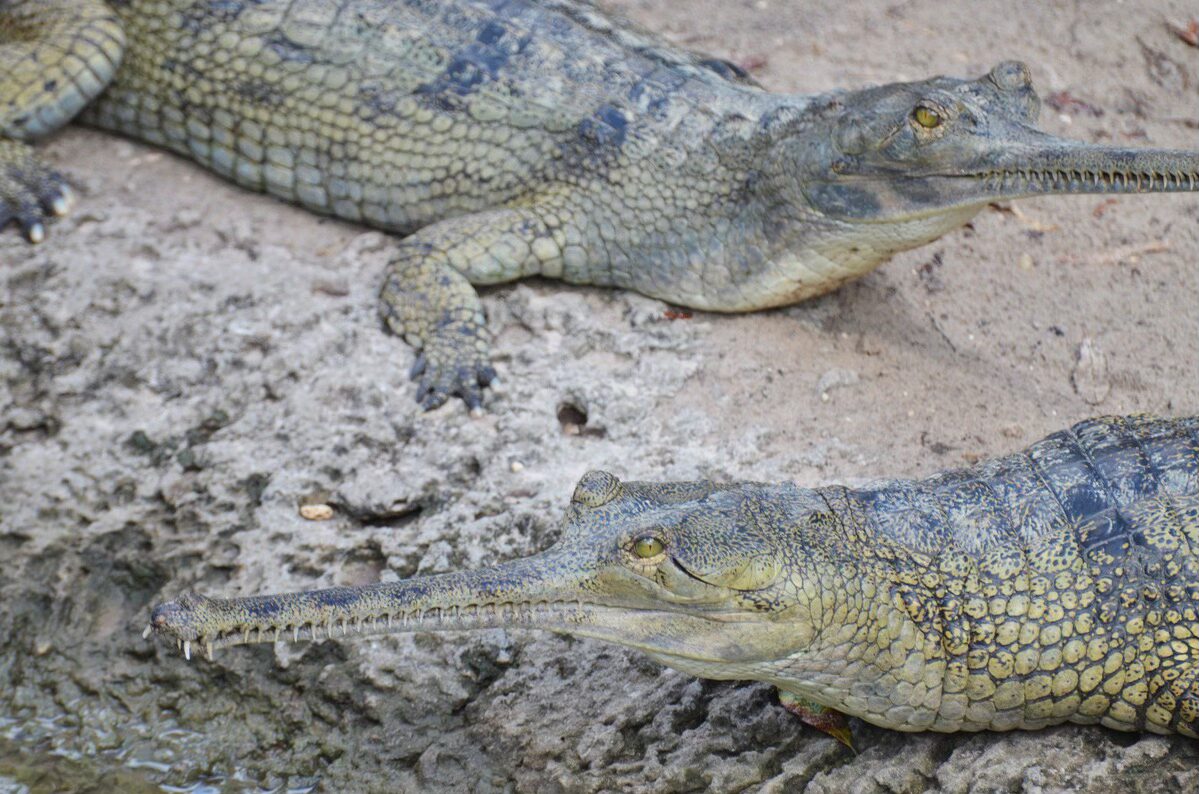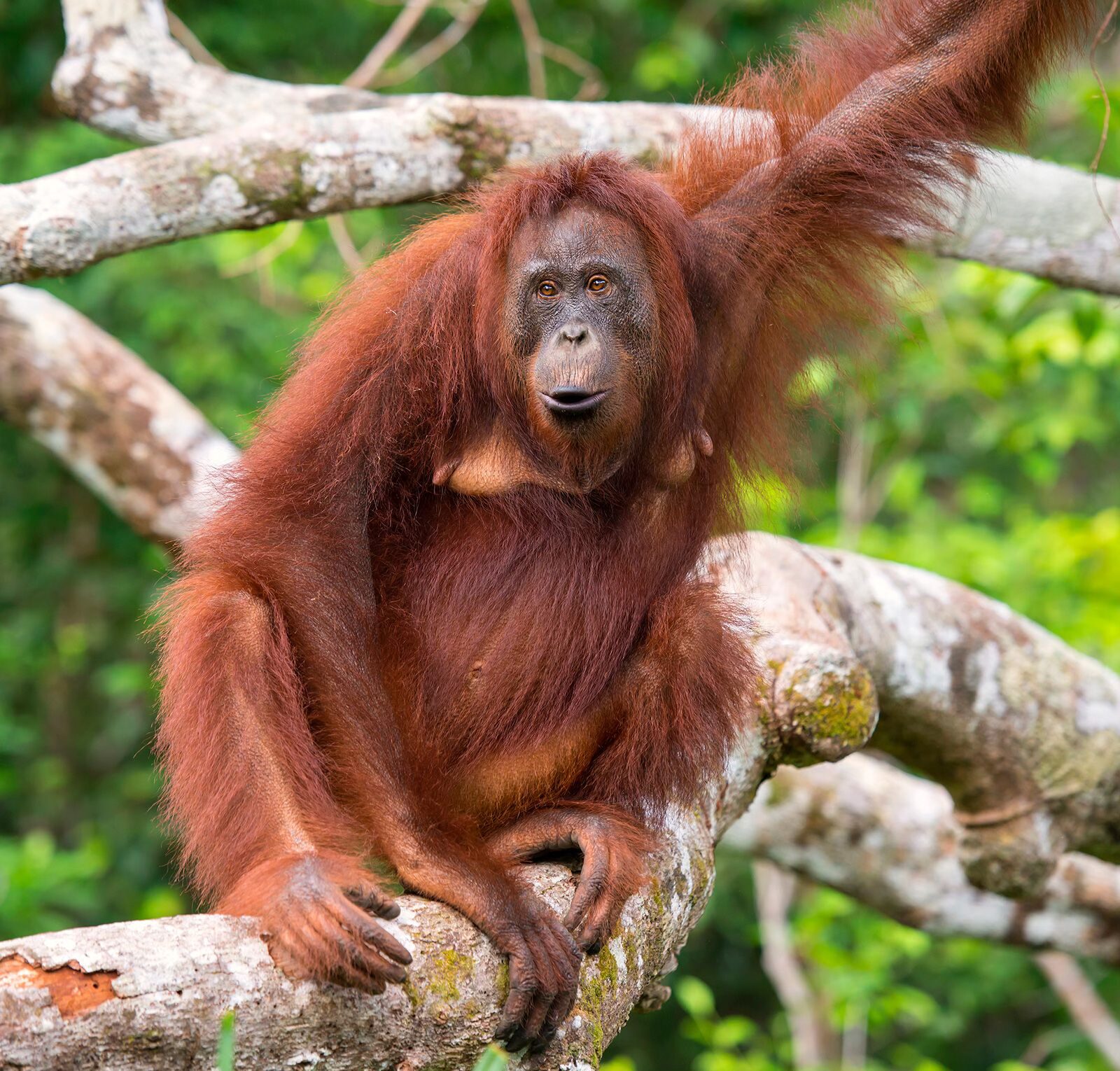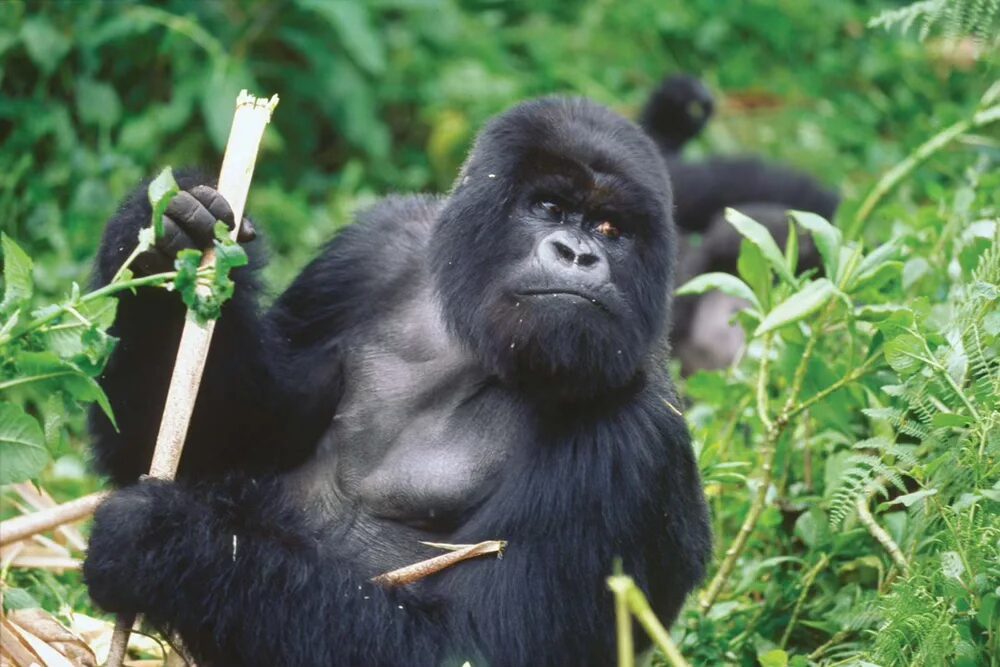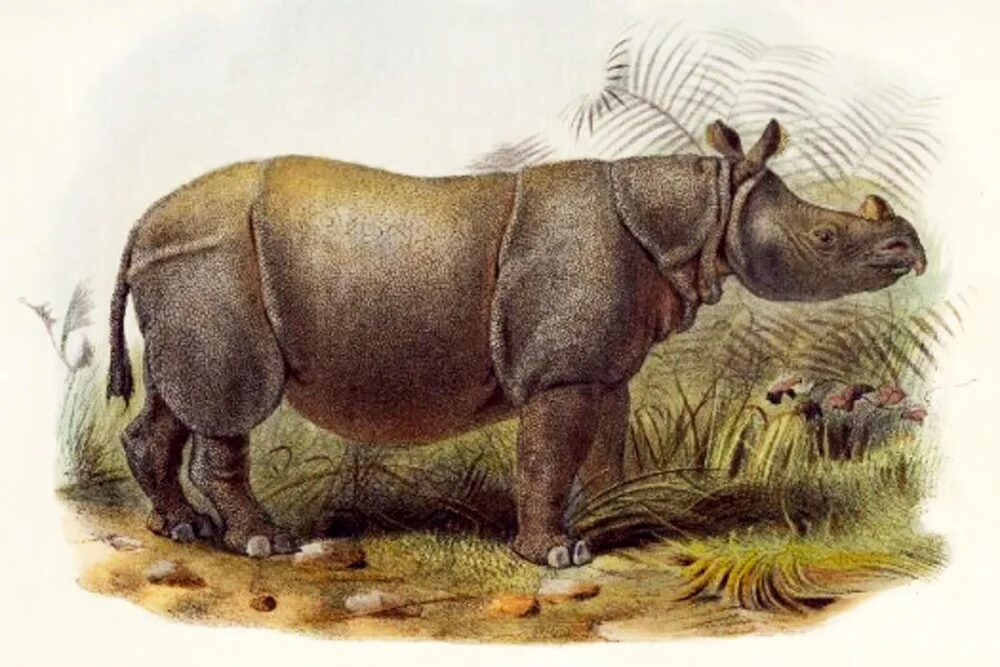
| Hector’s dolphin | |
|---|---|
| Size compared to an average human | |
| Conservation status | |
 Endangered (IUCN 3.1) | |
| CITES Appendix II (CITES) | |
| Scientific classification | |
| Domain: | Eukaryota |
| Kingdom: | Animalia |
| Phylum: | Chordata |
| Class: | Mammalia |
| Order: | Artiodactyla |
| Infraorder: | Cetacea |
| Family: | Delphinidae |
| Genus: | Cephalorhynchus |
| Species: | C. hectori |
| Binomial name | |
| Cephalorhynchus hectori Van Beneden, 1881 | |
| Subspecies | |
| C. h. hectoriC. h. maui | |
Hector’s dolphin (Cephalorhynchus hectori) is one of four dolphin species belonging to the genus Cephalorhynchus. Hector’s dolphin is the only cetacean endemic to New Zealand, and comprises two subspecies: C. h. hectori, the more numerous subspecies, also referred to as South Island Hector’s dolphin; and the critically endangered Māui dolphin (C. h. maui), found off the West Coast of the North Island.
Etymology
Hector’s dolphin was named after Sir James Hector (1834–1907), who was the curator of the Colonial Museum in Wellington (now the Museum of New Zealand Te Papa Tongarewa). He examined the first specimen of the dolphin found by cephologists. The species was scientifically described by Belgian zoologist Pierre-Joseph van Beneden in 1881. Māori names for Hector’s and Māui dolphin include tutumairekurai, tupoupou and popoto.
Description

Hector’s dolphin is the smallest dolphin species. Mature adults have a total length of 1.2–1.6 m (3 ft 11 in – 5 ft 3 in) and weigh 40–60 kg (88–132 lb).The species is sexually dimorphic, with females being about 5–7% longer than males. The body shape is stocky, with no discernible beak. The most distinctive feature is the rounded dorsal fin, with a convex trailing edge and undercut rear margin.
The overall coloration appearance is pale grey, but closer inspection reveals a complex and elegant combination of colours. The back and sides are predominantly light grey, while the dorsal fin, flippers, and flukes are black. The eyes are surrounded by a black mask, which extends forward to the tip of the rostrum and back to the base of the flipper. A subtly shaded, crescent-shaped black band crosses the head just behind the blowhole. The throat and belly are creamy white, separated by dark-grey bands meeting between the flippers. A white stripe extends from the belly onto each flank below the dorsal fin.
At birth, Hector’s dolphin calves have a total length of 60–80 cm (24–31 in) and weigh 8–10 kg (18–22 lb). Their coloration is the almost same as adults, although the grey has a darker hue. Newborn Hector’s dolphins have distinct fetal fold marks on their flanks that cause a change in coloration pattern of the skin. These changes are visible for approximately six months and consist of four to six vertical light grey stripes against darker grey skin.


